Winter Headwear Options: What’s Best for Exposures & Risks When Baby, It’s Cold Outside?
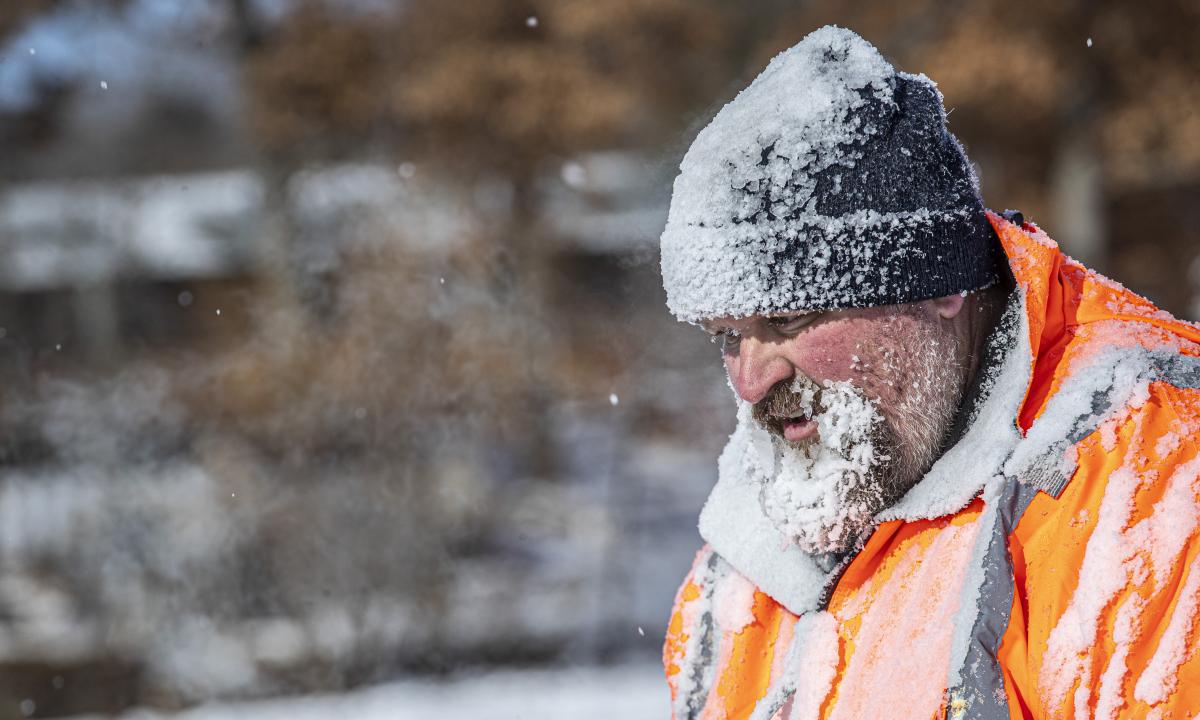
The ole noggin’—and your face, nose, ears and neck—are the parts of the body most exposed to Mother Nature’s winter arsenal of cold temperatures, snow, ice, wind, sleet, hail and wicked mixtures of all the above.
Yes, the research says the planet's getting warmer. And yes, every summer produces heat headlines almost daily: “Another Major Heat Wave Sweeps Central and Northeast U.S.” “Historically Hot: Boston Breaks 1928 Daily Record High.” “July 2022 featured hottest nights in U.S. history.”
But as the classic Byrds song goes, ”To everything, turn, turn, turn, there is a season…”
Winter is coming. Rest assured. And for millions of workers this means planning for how to keep your head, ears, face, nose, and neck warm. The vulnerable areas above your shoulders. OSHA offers cold stress guidance when taking on the jobsite:
- Wear at least three layers of loose-fitting clothing.
- Wear a knit mask to cover face & mouth.
- Wear a hat that will cover ears.
- Wear insulated gloves to protect hands.
- Wear insulated & waterproof boots to protect feet.
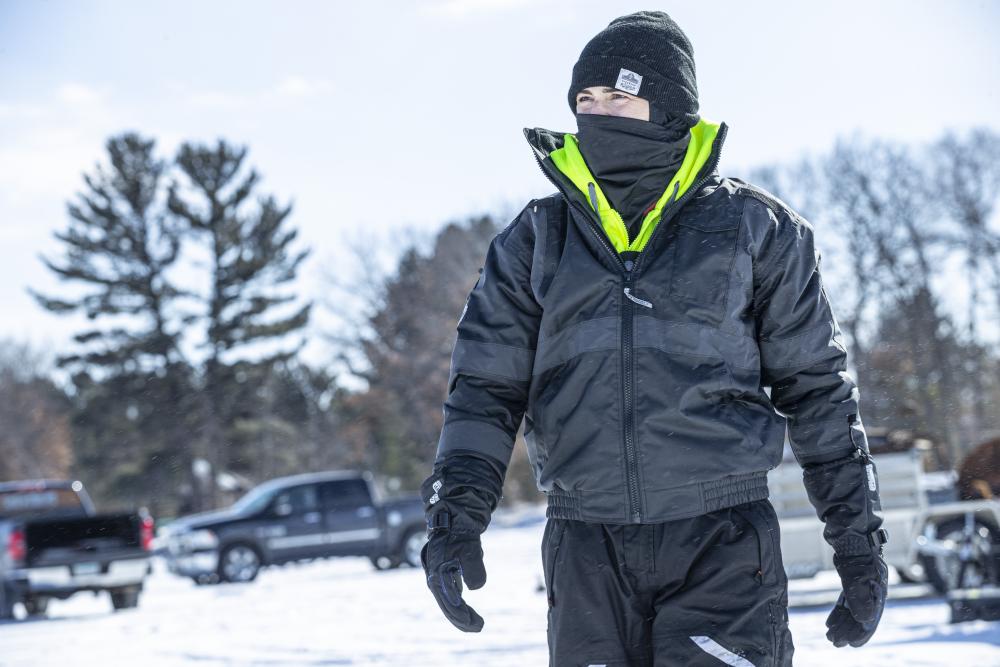
Your mission this winter: keep your people warm and dry. Outdoor workers certainly. And workers in cold indoor environments. Cap that all-important core body heat, starting literally with the crown—winter headwear.
Your enemy this winter:
- Inadequate layers of protection.
- Not knowing all the protection that is available.
- Insufficient planning for extreme weather.
- Always unpredictable weather patterns.
The limits of natural body protection
Warm protective clothing is important because we don’t have a lot of fatty tissue or animal-like fur coats above our shoulders to keep body heat inside us, where it protects vital organs against the cold and is our natural winter defense mechanism. Several layers of skin, nerve endings, sweat glands and hair follicles cover our heads. Our ears, especially the ear lobes, and nose are comprised mostly of cartilage and do not have insulating fat. Our necks are a sensitive collection of bones, nerves, glands and cartilage. Ever get a tattoo on your neck? You know the feeling…
When we’re outside on cold days or exposed to cold temperatures indoors, those nerve endings and lack of natural body protection are why our head, ears, face, nose and neck feel that sting fast, along with our fingers and toes. It’s why they are particularly vulnerable to frostbite. Just not a lot of fat and muscle there.
Concentration, focus and coordination can all succumb to extreme weather overload.
Another risk is at play here: knifing cold, wind, ice and hail storms, miserable sleet and driving snow are obvious distractions that numb our minds and senses from the task at hand. Concentration, focus and coordination can all succumb to extreme weather overload.
Cold weather puts outdoor & indoor workers at risk
Lacking warmth and comfort can lead to the following consequences:
- Inadvertently putting ourselves in the line of fire;
- Rushing to get a job done;
- Taking shortcuts to get ourselves back inside;
- Getting frustrated & cursing the elements while trying to complete a task;
- Becoming fatigued more quickly bucking strong winds, fighting through snow, gingerly picking our way through ice.
We’re talking about a mind-body interplay here. These mental distractions are compounded by physical threats. Once our body temperature drops below 95 degrees, we start to shiver and enter the early stages of hypothermia. Subtle signs and symptoms come on so gradually you may not even notice it: first shivering, then maybe slurred speech, fumbling around, confusion and extreme drowsiness.
It doesn’t have to be at subzero temps, either. You can suffer hypothermia at 32 degrees, add devilish wind chill and you can be shivering in minutes. Fortunately, awareness and quick intervention prevent most cases of hypothermia from becoming fatal. About 1,500 people die each year of hypothermia, according to the Centers for Disease Control and Prevention (CDC).
Frostbite is more common. Fingers, toes, nose, ears, cheeks and chin are most vulnerable to frostbite. Because of skin numbness, you may not realize you have frostbite until someone points it out. Severe frostbite is often associated with hypothermia.
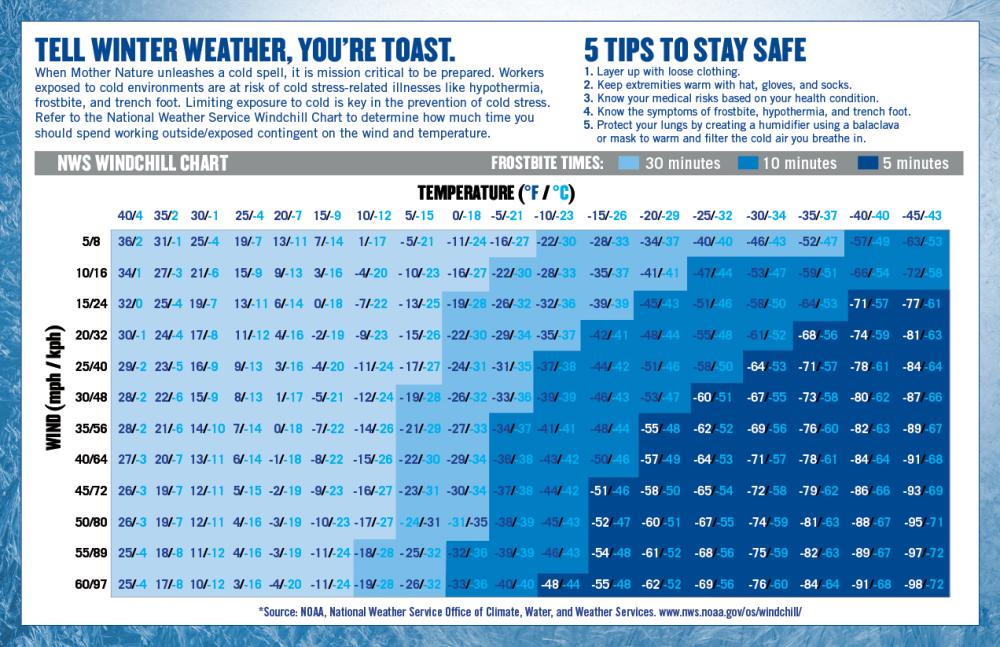
[DIVE DEEPER: Check out how to prevent cold stress and cold-related illnesses >>]
Winter headwear: How to keep head warm in winter
Fortunately, you have many options to keep your head warm, your ears warm, your face and nose warm, and your neck warm in the winter months. Keeping them dry is also important. Moisture wicking technology today keeps wearers comfortably moisture-free. You can layer insulating products to increase your body warmth and keep that essential core body heat inside you.
And let’s set the record straight: you don’t lose most body heat through your head. Your head is not your body’s a skin and bones chimney. That age-old myth was debunked by scientists in a 2008 article in the British Medical Journal. Still, many outdoor workers start with the crown of PPE: donning the iconic hard hat and safety helmet. This is often the starting point for preparing to keep your head warm in winter.
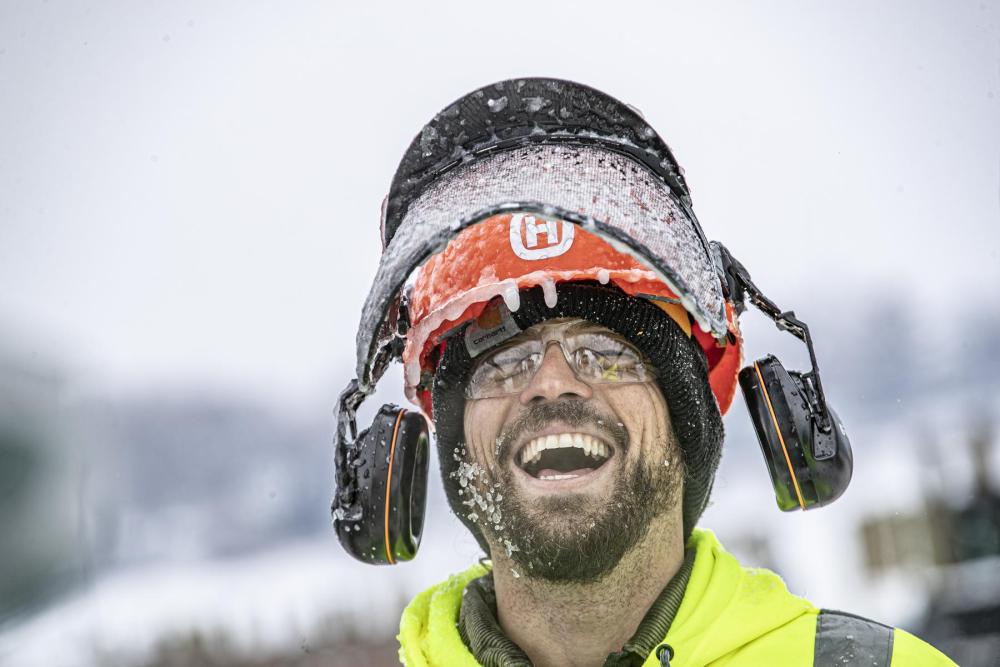
Hard hats and safety helmets protect against “object-generated impact”—tools dropped from heights, falling debris and other flying objects.
Bump caps protect against impacts generated by the worker, such as bumping into overhead pipes or low ceilings. They are less obtrusive and fit closer to the head than a hard hat.
Hard hats and helmets provide outer shell protection, and you have a wide range of options for liners and layers of warmth and comfort to complement that protection.
Types of winter hats
Your options for keeping the head warm in winter include:
Two– and three-layer hard hat liners, many shoulder length, that cover the head, ears and neck. An elastic fit keeps the heat in and the cold out. Lightweight liners fit comfortably under a hard hat without feeling too bulky.
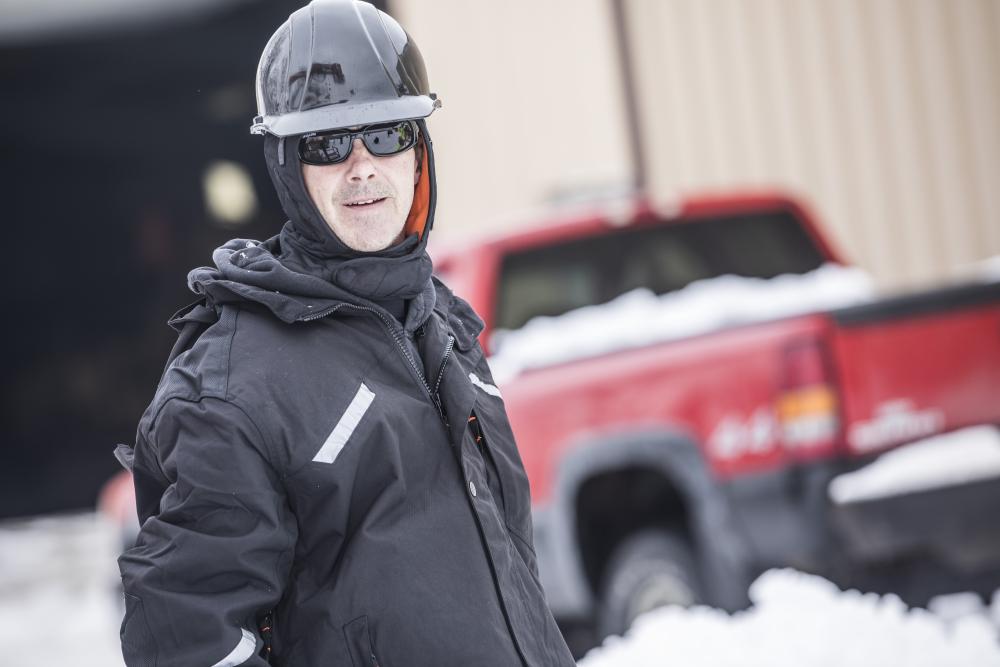
Thermal mouthpieces attach to Thermal Liners and have either breathable neoprene or cotton shells.
Winter baseball caps with ear flaps come in models that are bump cap compatible.
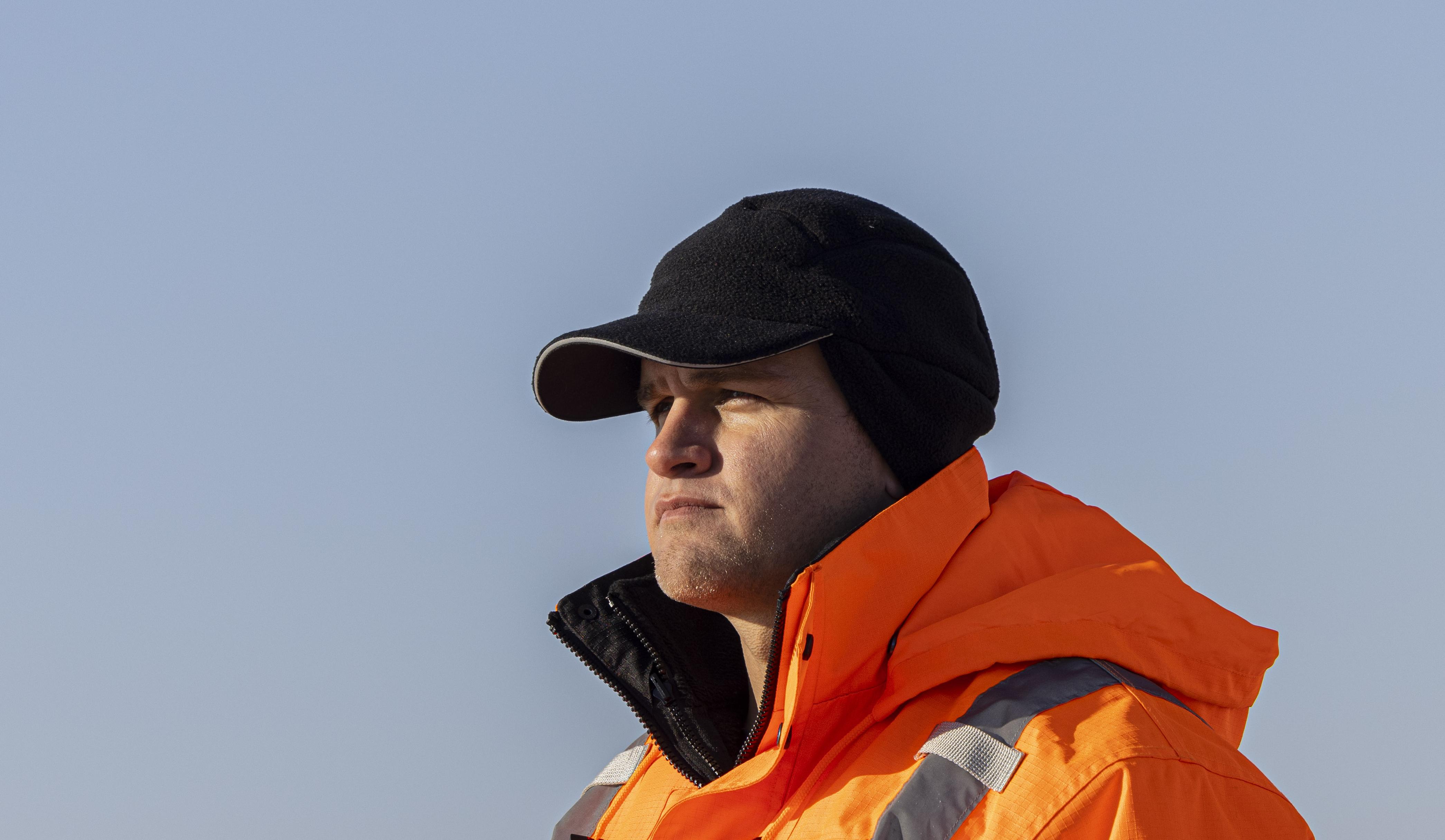
Full face stretch caps wrap around the brim of a helmet and cover the face, ears, neck, nose—everything but the eyes.
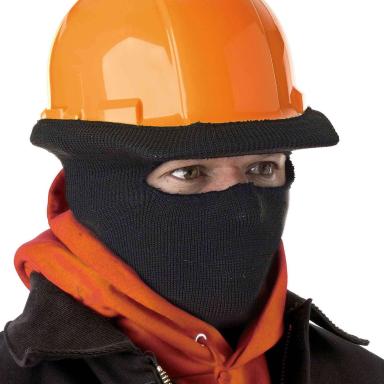
Beanie caps are available with or without a bump cap.
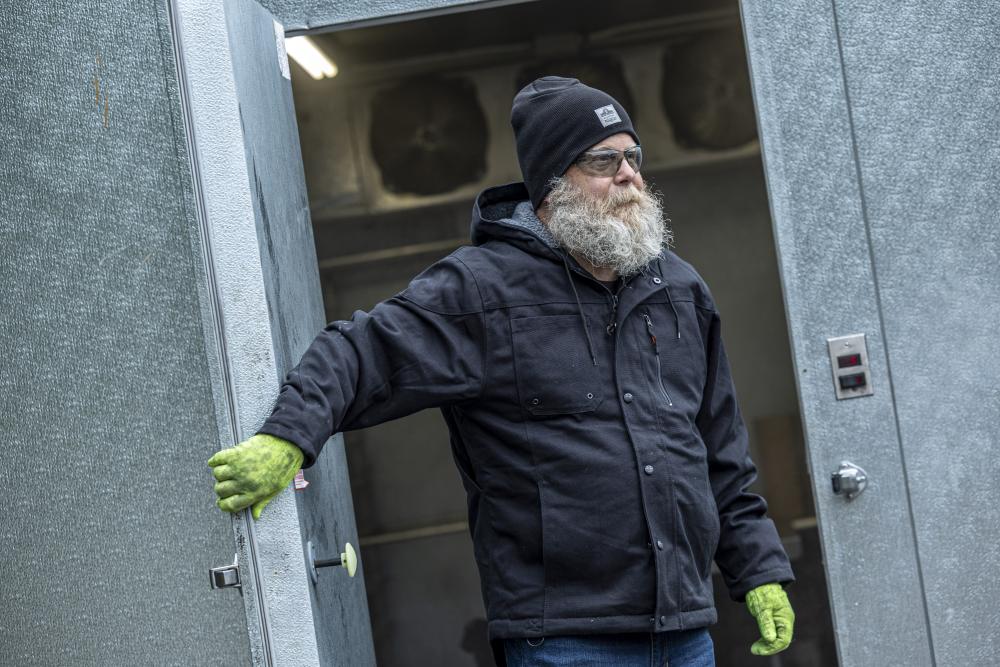
The classic trapper hat has a durable water-resistant and windproof shell, adjustable ear flaps, with some versions compatible with bump caps.
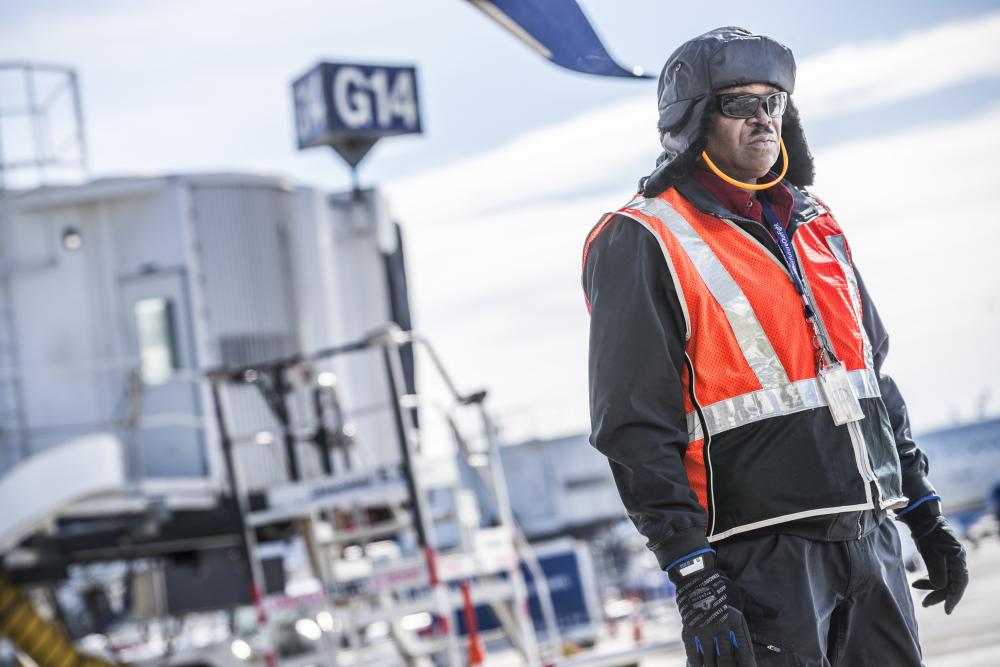
Neck gaiters and FR neck gaiters also feature properties that wick moisture, absorb sweat and dry fast. Classic models can be pulled up to cover the mouth and nose and are long enough to be tucked into jackets to trap heat.
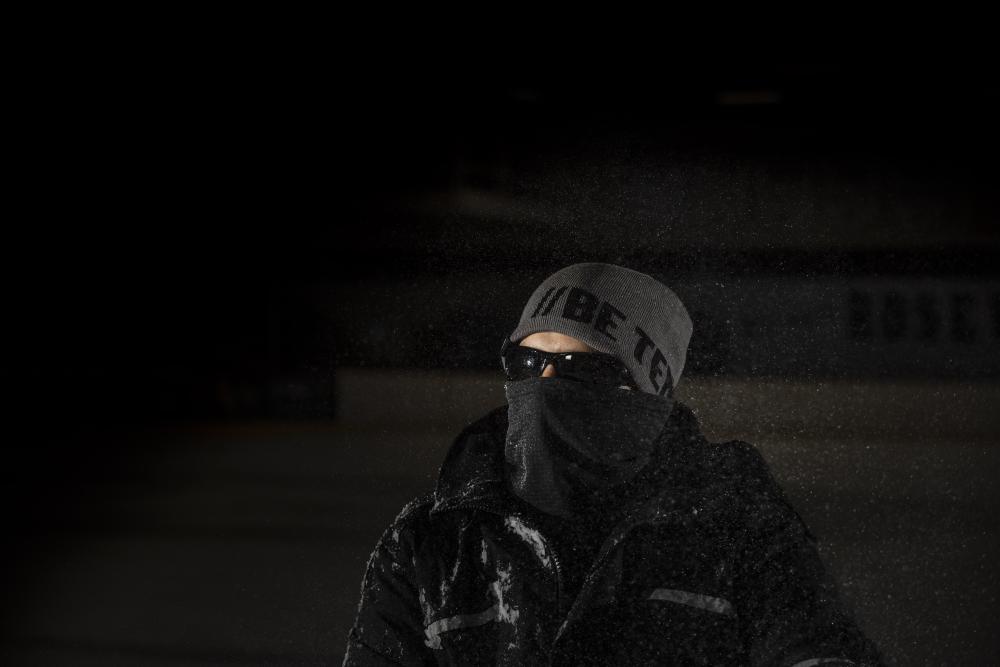
Two-layer headbands use fabrics such as fleece and spandex.
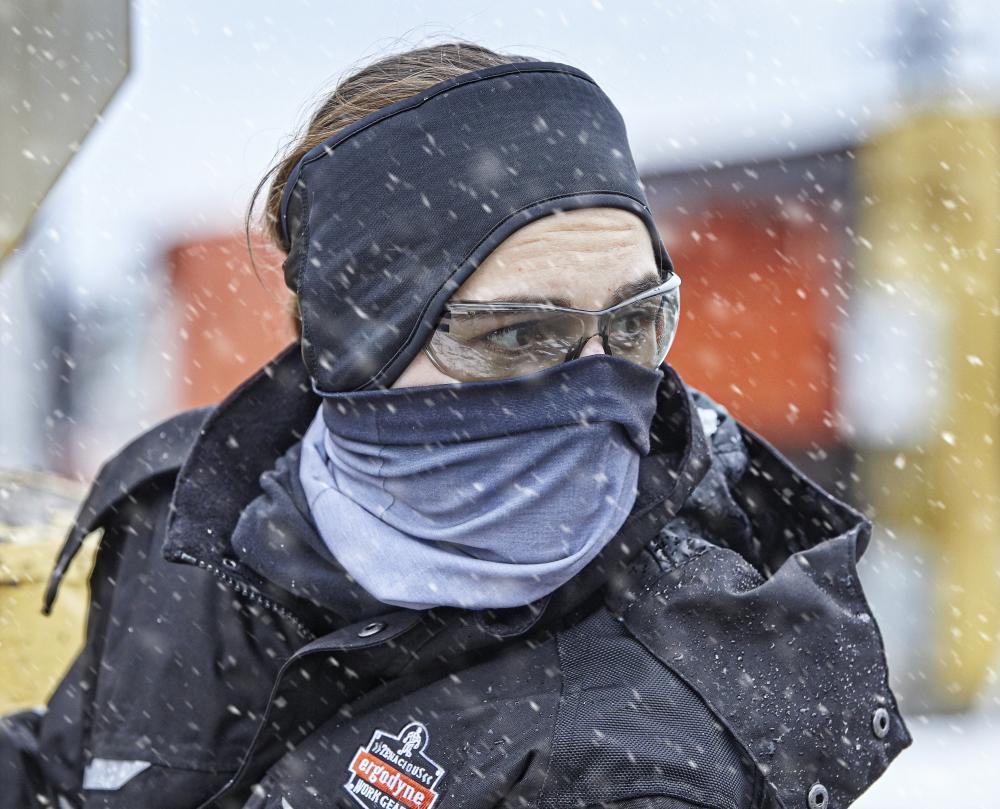
Balaclava face masks cover the head, ears, nose, mouth and neck, leaving an opening only for the eyes — and the mouth if you want. Even designs covering the mouth use fleece, lightweight breathable fabric.
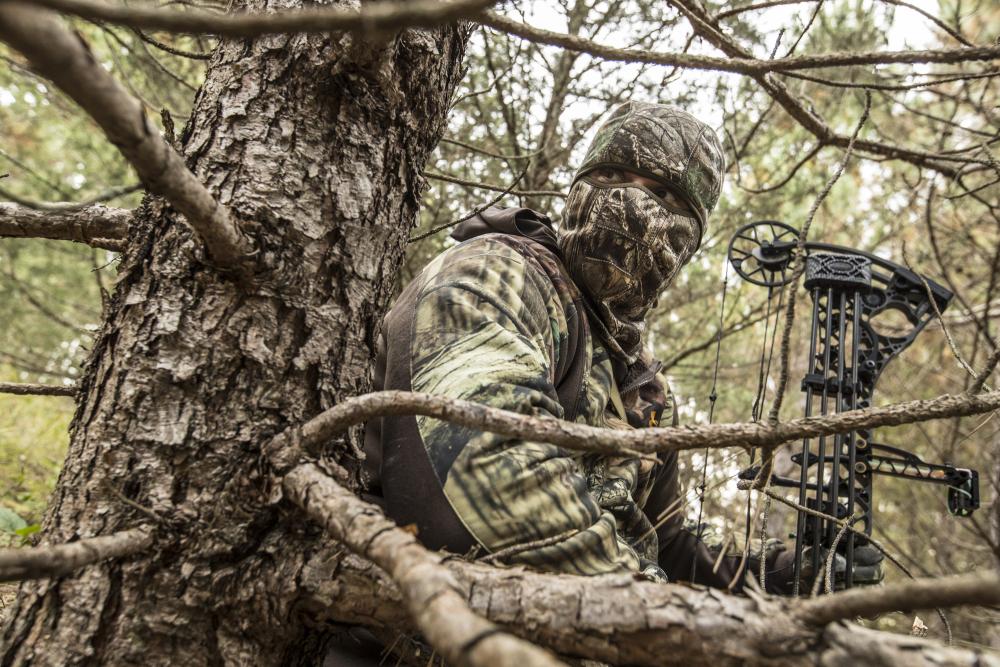
Strange-sounding PPE
Balaclava? Gaiter? Trapper hat? Beanie? Who came up with these names?
Balaclava headgear comes from their use at the Battle of Balaclava during the Crimean War of 1854. Handmade balaclavas were sent over to the British troops to help protect them from the bitter cold weather.
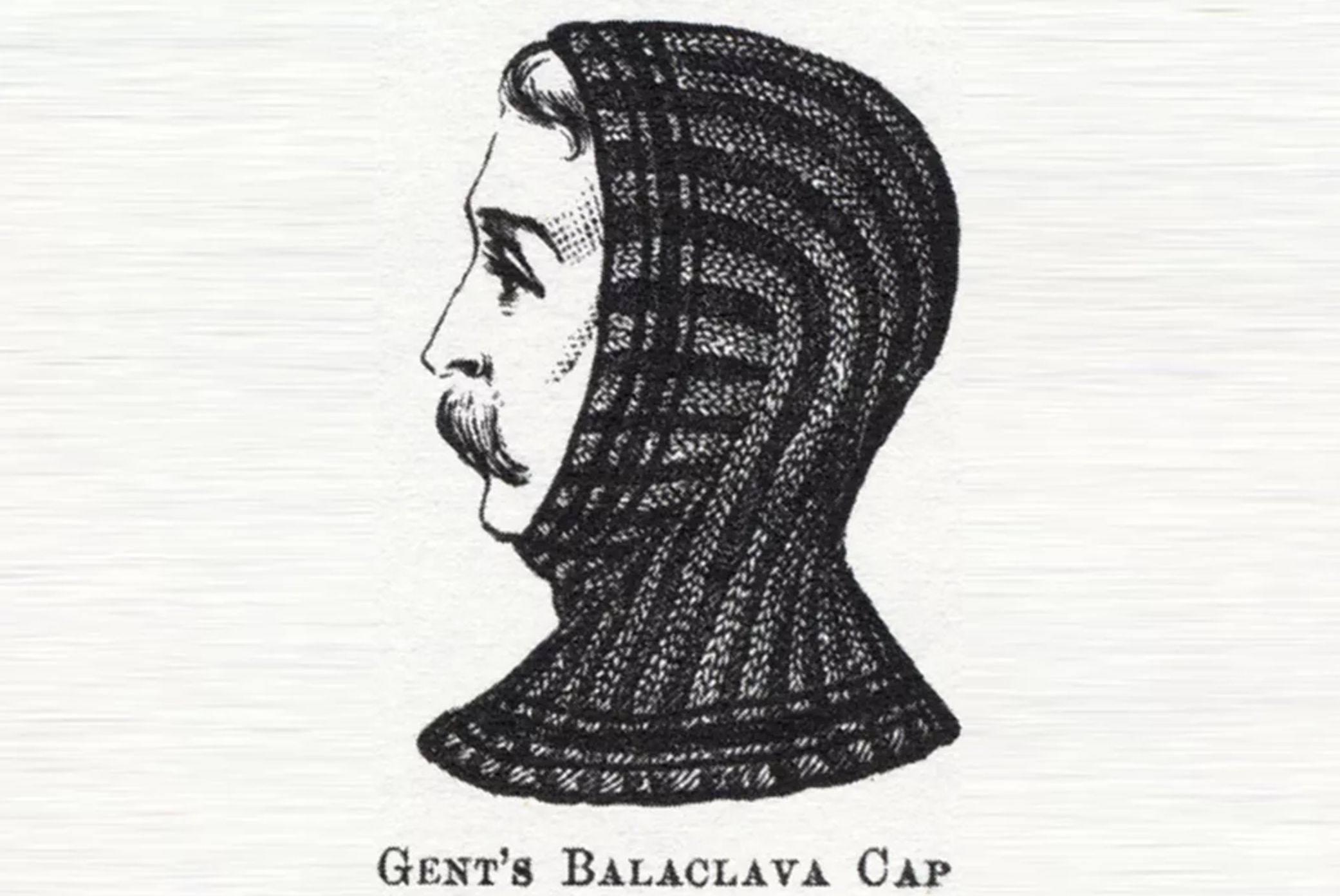
Neck gaiters are derivative of leg gaiters—used in most European armies after 1700 as protective leg coverings. A neck gaiter is a closed tube of fabric to keep the neck warm. It can also be pulled up over the mouth and nose.
Beanie is the common name for hats worn in winter. It covers your “bean,” of course, a slang term for the noggin’ from Down Under in New Zealand and Australia.
The trapper hat originated in the 1600s as a giant pelt beanie of sorts, and was first worn, yes, by trappers. In World War 1, trapper hats, referred to as aviator hats, were necessary to protect a pilot’s head and ears from the frosty winds they faced in open-cockpit biplanes.
How to keep ears warm
The ear flaps on trapper hats, as well as the ear coverings of balaclavas and some gaiters and hat liner inserts, are important to prevent frostbite and also infections. Since moisture build-up in the ear canal can cause infections, be sure to switch out hats or muffs if they get wet. Nerves in the ear canal left unprotected, or a lack of blood circulation due to a lack of warmth, can also cause pain inside your ears that is not necessarily related to infection.
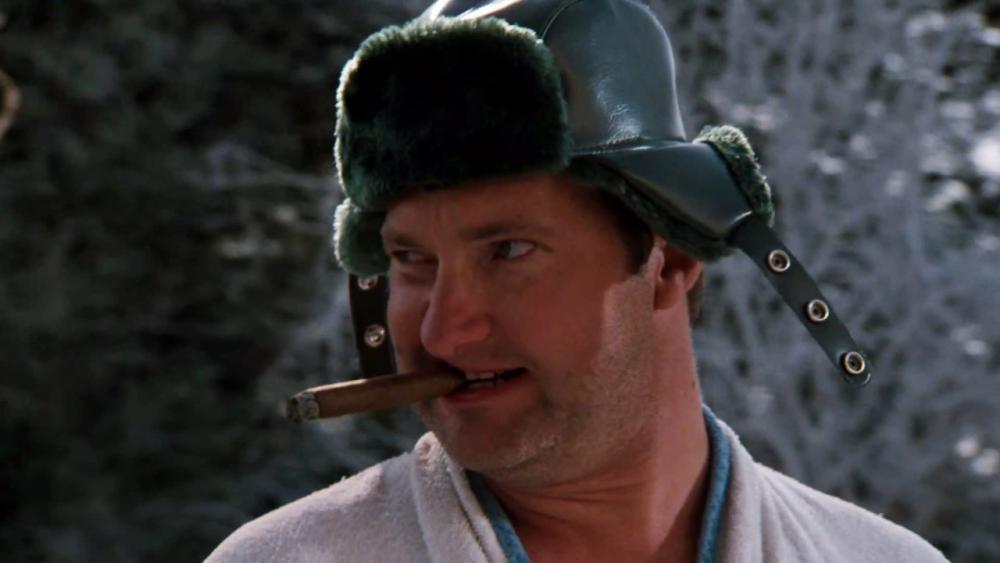
Construction cold weather gear for bone-chilling times
Thermal liners. Thermal Balaclavas. Thermal Hats. Thermal Headbands and Gaiters. Get familiar with N-Ferno Warming Gear to avoid cold bodies, cold brains, deteriorating performance and disoriented decision-making. Know your options. There are plenty available.

